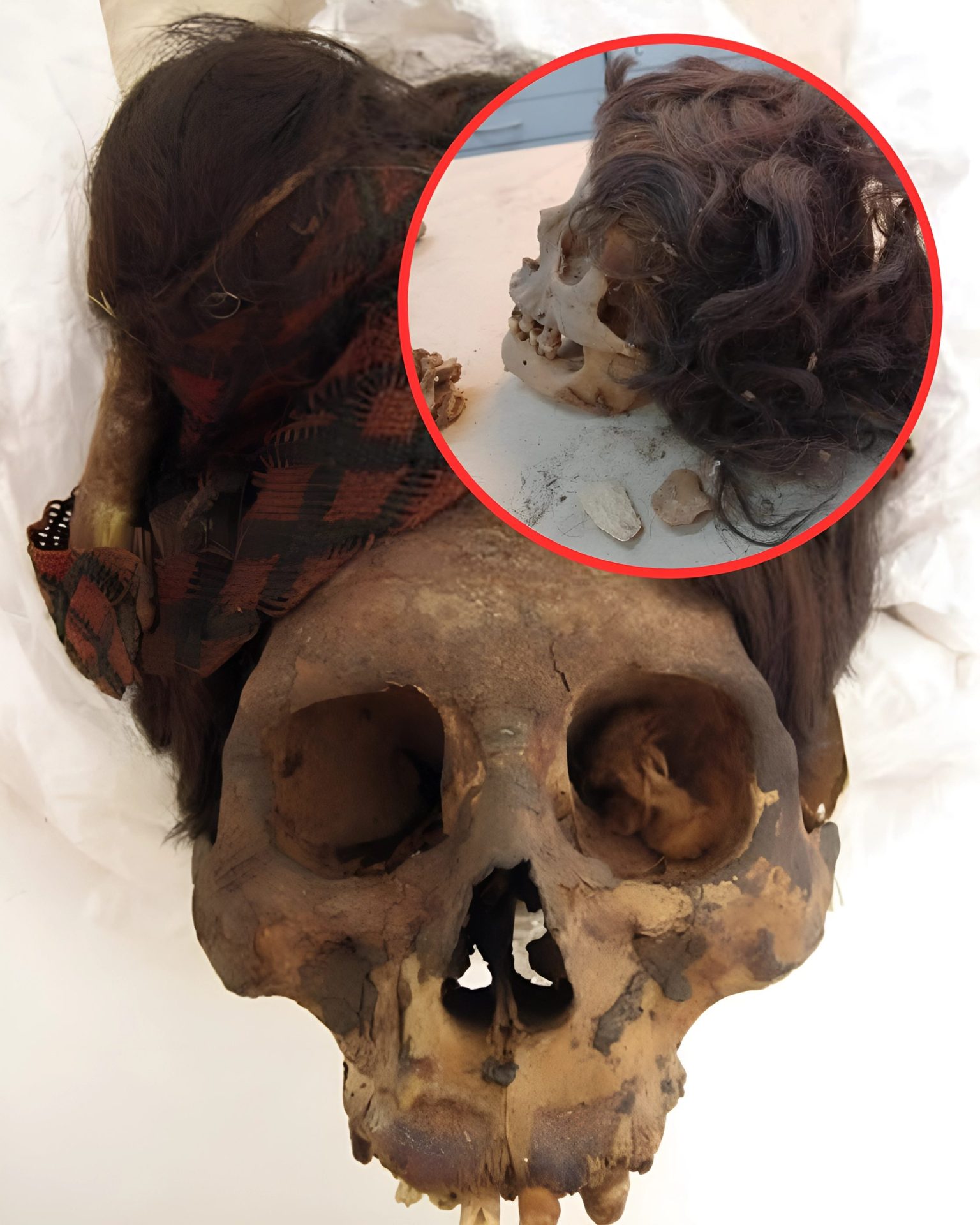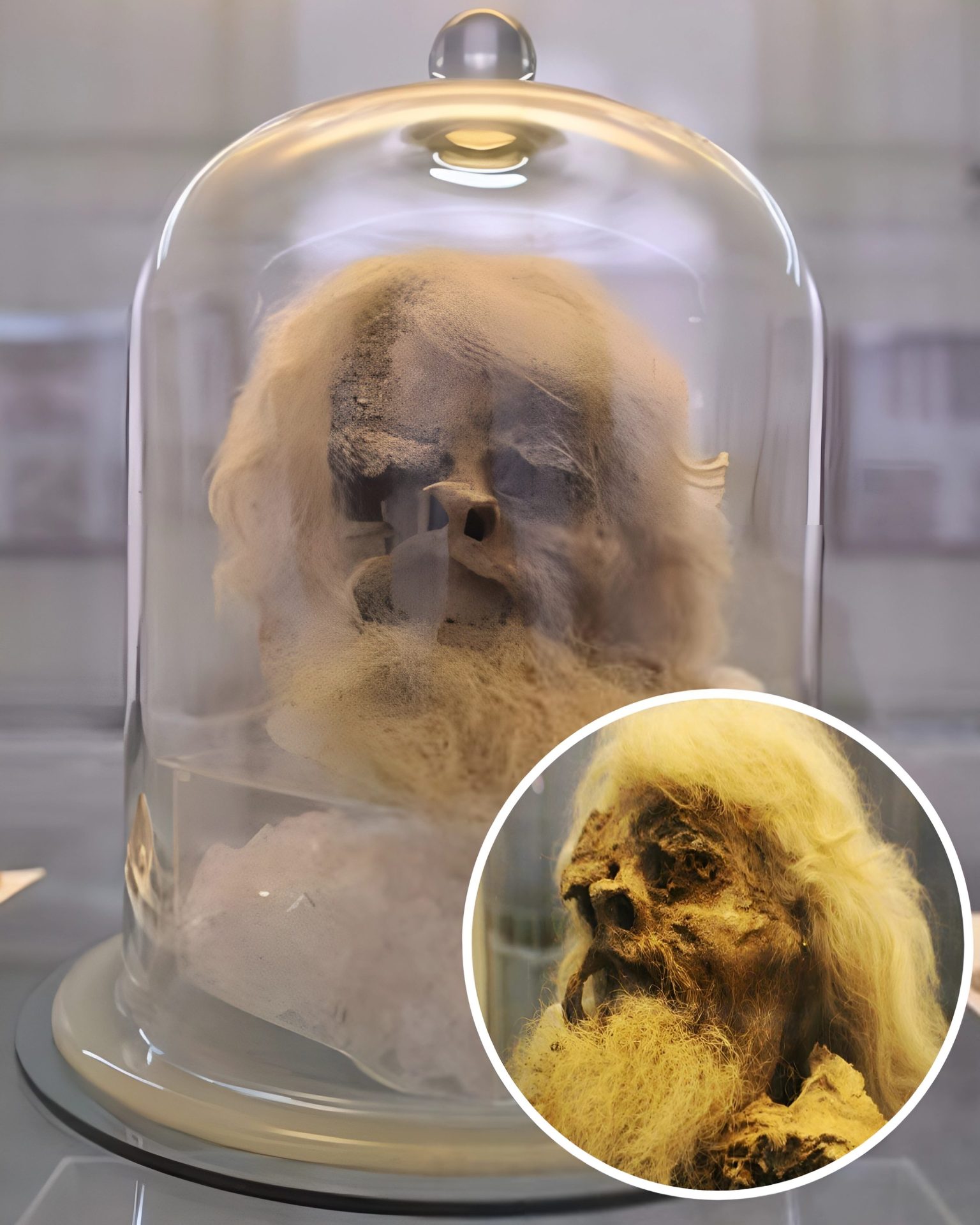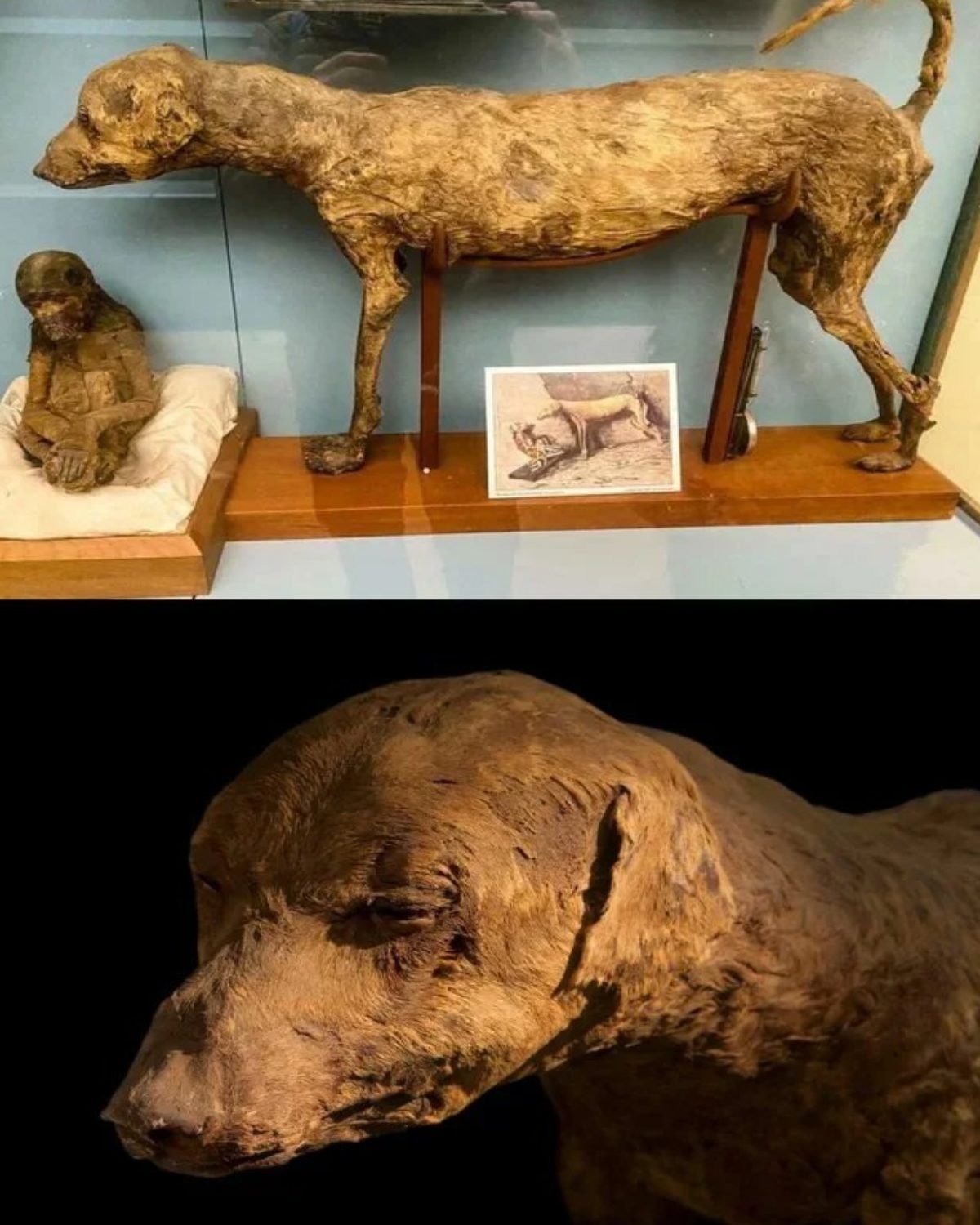
Perfectly preserved sarcophagus found at Roman villa in SpainResearchers excavating Roman ruins at Los Villaricos in southern Spain have discovered a 6.5-foot-long coffin adorned with geometric patterns and interlocking ivy leaves.

The Visigoths, the so-called barbaric tribe that would ultimately defeat the Romans and bring down the Roman Empire, were an early Germanic warring people. The course of their wars would ultimately lead them to settle in southern Gaul and then Hispania, from the 5th to the 8th century AD. And now, a Visigoth sarcophagus with human remains, over 1,500 years old, has been discovered among the ruins of a Roman villa in southern Spain, reports the Murcia Today news outlet.

The Visigoth sarcophagus as it was discovered on the Roman villa site in Spain. (University of Murcia)
The Visigoth Sarcophagus and the Chi Rho SymbolThis wonderfully preserved Visigoth sarcophagus was discovered by a research team led by University of Murcia Professor Rafael González Fernández. The team discovered the spectacular sarcophagus dating from the Visigoth period at the site of the Roman necropolis of Los Villaricos, in Mula. The Villaricos Roman villa site is fairly close to the former Visigoth city of Begastri in Cehegín. “We weren’t expecting this spectacular discovery,” said Professor Gonzalez, who called it “unexpected.”
The Enigma of the Tomb of Alaric, King of the VisigothsRaiders of Hispania: Unravelling the Secrets of the SuebiEvery summer, Mula hosts a two-week long archaeological campaign and dig. This year’s session began on Monday, the 12th of July. The coffin, two meters (3.2 feet) in length has been dated to the 6th or 7th century AD and was unearthed next to a Christian church built after the Romans abandoned the villa in the 5th century. The coffin was decorated with a swirling geometric pattern and renderings of ivy leaves, with a Chi Rho symbol on its top where the head of the corpse would have been.

The Chi Rho symbol or labarum was a flag-like object used as a military standard by units in the Roman army. This symbol was found at the top of the Visigoth sarcophagus recently unearthed at the abandoned Roman farming villa near Mula, Spain. (markus dehlzeit / Adobe Stock)
The Chi Rho symbol, or the labarum, was a vexillum (a flag-like object used as a military standard by units in the Ancient Roman army) used for the first time under Constantine the Great (306-337 AD). A crismón (Christogram or Chi Rho) is an anagram formed by the first two letters of the name of Christ in Greek –Χριστος–, ji (X) and ro (P). It would later become part of the official imperial insignia, and has been found on many early Christian artworks, symbolising the victory of the resurrection over death, reports Murcia Today.

A closeup of the Visigoth sarcophagus found at the abandoned Roman farming villa in Spain. (University of Murcia)
The Roman Villa of Los Villaricos, MulaThe Roman villa of Los Villaricos in Mula is a large-scale Roman agricultural villa on the banks of the River Mula, with evidence of several hundred years of occupation. It is an extensive site, and some parts are still unexcavated. The villa is one of many wealthy Roman agricultural villas, with well-preserved remains of substantial agricultural activity, found in this region of Hispania. The Los Villaricos villa had an olive press and a storage area for the olive oil formerly produced at the site.
The Los Villaricos oecus or the triclinium, which was a reception room in Roman villas, had been converted into a space for Christian worship. The burial area, adjacent to this room, is referred to as a ‘ necropolis ad sanctos’.
Additionally, the Los Villaricos villa was built at a strategic location along the key trade route that linked Carthage with Complutum, a settlement northeast of modern-day Madrid.
For the Romans, who were an ever-expanding conquering territorial force, the conquest of the region of Murcia was a pragmatic decision. Their conquest in the region resulted in the defeat of the Carthaginians during the Second Punic War (218-202 BC).
The region of Murcia was a source of lucrative raw materials. “The hills of the Sierra Minera held minerals which could be smelted to make silver coinage, the hillsides of the north yielded esparto grass which was used for cordage and household items, large plains provided wheat to feed the troops which continued to occupy further areas of Spain, and other valuable products included olive oil, marble, sandstone and a coastline which offered opportunities for the production of fish sauces,” reports Murcia Today.

Routes taken by barbarian invaders of the Roman Empire during the Migration Period. (MapMaster / CC BY-SA 2.5)
Decline of the Roman Empire and Abandonment of the VillaBy the early 6th century AD, the Mula Roman farming villa was abandoned, coinciding with the fall of the Roman Empire. The villa owner abandoned all industrial activities. Instead, a small Roman population remained in the vicinity. A separate semi-circular building was created during this period that was for religious purposes, and around this, an improvised cemetery or necropolis was created, with the dead being buried close to its walls.
Deciphering the Truth Behind the Moors in SpainRace is on to save Ancient Town from Housing Development in MadridThere are several simple graves in the necropolis. They have large slabs of sandstone on the top, and smaller stones on the sides acting as support. One grave revealed decorations with fragments of ceramics and tiles, dating from the 5th to the 7th century, with design motifs that are typical of Christian iconography.
This is where the Visigoth sarcophagus was discovered by the Spanish research team. The unexpected nature of the find has brought the municipal department, independent researchers, and students together to delve further into this remarkable find.





